Muscari Comosum Plumosum pack of 5 bulbs
₹199.00
Out of stock
Email when stock available
Muscari Comosum Plumosum Grape hyacinths are hardy, easy to grow, and have long-lasting blooms–no garden should be without them. This species, also known as the feather hyacinth, has slender airy filaments and resembles a red-violet plume. It’s completely unlike its grapy cousins in color and form, and makes a good, 10-inch cut flower. The bulbs themselves have a distinct pink color and produce toothlike bulblets that grow to flowering size in just one season.
Muscari Comosum Plumosum Noteworthy CharacteristicsAdaptable to various growing conditions, but must have well-drained soil.
CareLikes fertile, moist but well-drained alkaline soil in full sun. Will take part shade. Plant 3 to 4 inches deep in groups or drifts in fall. Lift and divide when dormant in late summer or early fall.
Propagation Divide when dormant; remove offsets in summer; sow seed in containers in a cold frame in fall.
Specific epithet means with a tuft, a tuft of sterile flowers in this case.
‘Plumosum’ (often called feather hyacinth) features only feathery, tassel-like flowers (none are urn-shaped) with thread-like tepals. Flowers are violet-blue, and are tightly packed into conical racemes on upright stubby spikes to 8-10″ tall. Flowers bloom in April in the St. Louis area. Flowers are different from other muscaris because the feathery flower plumes in no way resemble drooping clusters of grapes. Flower scapes rise up from somewhat floppy clumps of medium green linear leaves (to 6″ long). Flowers are not fragrant.
Problems
No serious insect or disease problems. Spring frosts may damage plants.
Be the first to review “Muscari Comosum Plumosum pack of 5 bulbs” Cancel reply
You must be logged in to post a review.
Related products
Winter Bulbs



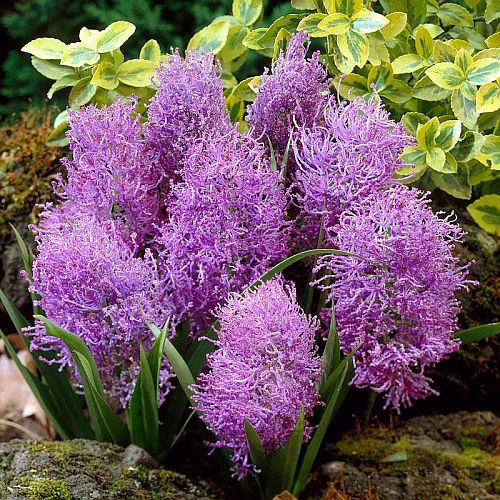
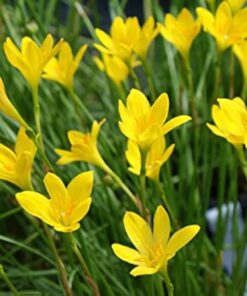

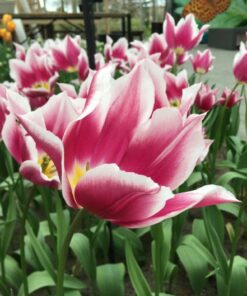




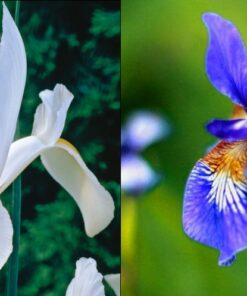
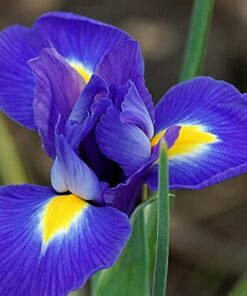
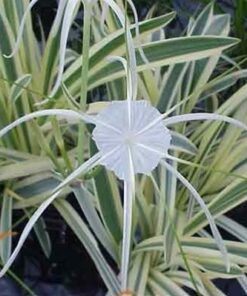
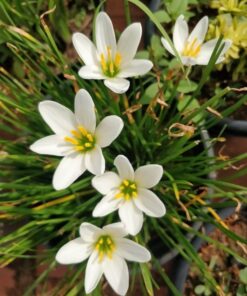

Reviews
There are no reviews yet.